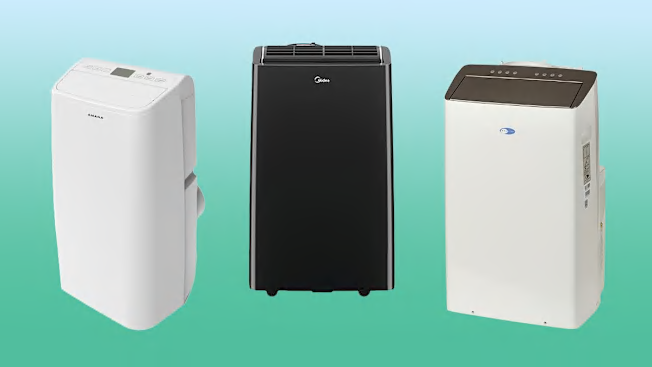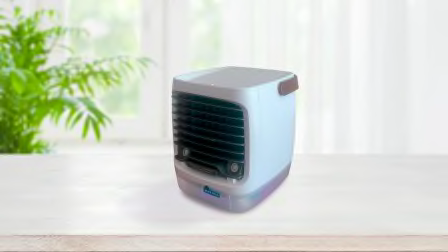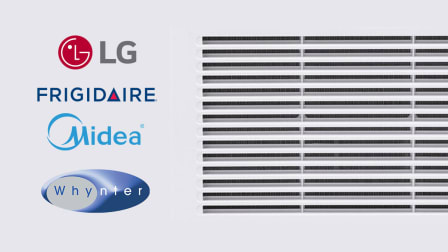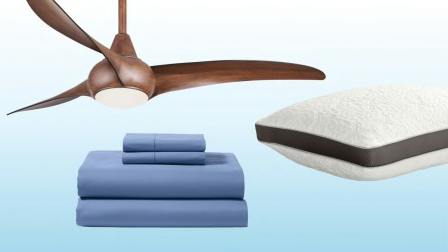Best Portable Air Conditioners of 2025
Portable ACs don't cool as well as window units, but they can still help keep you comfortable
When you shop through retailer links on our site, we may earn affiliate commissions. 100% of the fees we collect are used to support our nonprofit mission. Learn more.

Portable air conditioners account for almost 20 percent of the room air conditioner market, but our lab tests reveal that they deliver only mediocre performance. In fact, not a single model earns a recommendation in our ratings.
So our first and best advice is to buy a window unit, which can be both cheaper and more effective at cooling a room.
- Portable Air Conditioners: Small Large
- How CR Tests Portable Air Conditioners
Best Small Portable Air Conditioners
Small portable ACs have a capacity of 5,000 to 8,500 BTUs per hour.
Best Large Portable Air Conditioners
Large portable ACs have a capacity of 9,000 to 15,500 BTUs per hour.
How CR Tests Portable Air Conditioners
In our portable air conditioner tests, we measure how long it takes a unit to lower the temperature of a test chamber from 90° F to 85° F. That takes an average of 20 minutes. By comparison, the best window air conditioners can cool the room by 10° F in about 15 minutes or less.
For brownout tests, we set the AC to its lowest temperature setting on cool mode with the fan speed on low. We then start the AC with the compressor on and lower the voltage to 100 volts. We test the unit in a room set to 90° F while the outdoor temperature is 120° F, letting the unit run for 40 minutes before cutting the power entirely. After 3 minutes, we restore power and let the unit run for an additional 20 minutes. These testing procedures help us determine whether the unit will turn off or fail to restart due to the reduced voltage (which results in increased heat buildup within the unit).
For noise tests, we position the AC near the test window and measure noise levels on both high and low fan speeds when set to cool mode.
In CR’s brand reliability survey, two brands—Frigidaire and Honeywell—earned a top rating for predicted reliability, and two other brands rate above par. Owner satisfaction, which is based on the proportion of our members who are extremely likely to recommend their AC, wasn’t quite as high, with most brands earning a midlevel rating.
We test portable ACs from over a dozen brands, such as Emerson, Friedrich, Frigidaire, Honeywell, LG, Midea, Whirlpool, and Whynter. If you’re looking for additional information on portable ACs, check out our air conditioner buying guide.
































